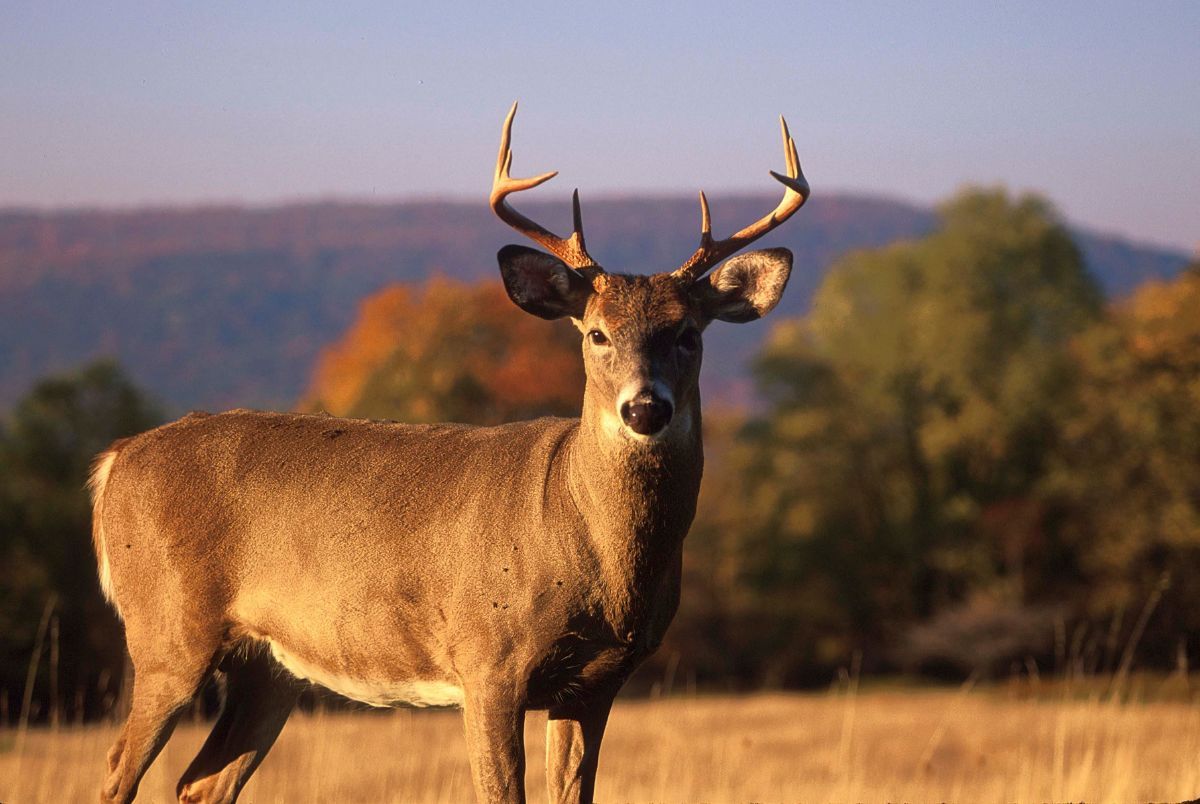By Dave Samuel
MORGANTOWN, W.Va. — Adventure Scientists is a volunteer nonprofit organization based out of Bozeman, Mont. Its mission is to collect data from the outdoors that will help the environment. In late September, it had 40 teams of cyclists ride along 2,600 miles of Montana roads, counting all dead wildlife that was hit by vehicles. This was the fourth year this ride was done and the data will help the state plan and develop mitigation strategies to lower wildlife mortalities on Montana highways.
This year, it counted over 1,200 mortalities with 445 of those being deer, elk, moose or antelope. Wildlife-vehicle collisions kill more than 365 million animals a year and cause $8.4 billion in damage in the United States. Such collisions injure more than 29,000 people a year. Anything that can be done to lower vehicle wildlife collisions is a plus. What a great idea for Montana, and with a little cycling leadership, we could collect similar data here in West Virginia. Our DNR has several data collection projects done by volunteer hunters every year and such an approach is growing all over the country.
Wolves delisted
On Oct. 29, wolves were delisted from the Endangered Species Act. There are an estimated 6,000 wolves in the lower 48 states, so based on data, removal was warranted. This means the states will now manage wolves with populations monitored by the U.S. Fish and Wildlife Service.
Meanwhile, in Colorado, a ballot referendum to introduce wolves into the western part of the state passed by a 50.9% vote (57,000 votes). This was a hotly debated issue and it was no surprise most positive votes came from the large cities (Denver, Colorado Springs, Fort Collins, etc.) in the eastern part of the state while those living in the western part of Colorado, where the wolves will be released, voted against the referendum. Regardless of which side of wildlife referendum issues you sit on, the votes in states always favor urban citizens.
Bowhunting license sales increase
As of October bowhunting license sales are up significantly in Illinois, Indiana, Iowa, Michigan, Ohio and Wisconsin. Pennsylvania bow license sales are also up 10%, and it seems such increases are trending across the country. I could find no information on West Virginia bowhunting license sales.
As of Nov. 25, there were 74,892 deer taken by bowhunters in Ohio. The three-year average kill for this date is 67,318, so that’s an 11% increase. The top two days for bowhunters were Oct. 31 (4,374 deer) and Nov. 14 (3,995). Lots of hunters from out-of-state go to Ohio to bowhunt. The top five states for purchasing a nonresident hunting license in Ohio are: Pennsylvania (6,954 permits sold), Michigan (4,515), West Virginia (3,321), North Carolina (2,955) and New York (2,335).
Nuisance bears need to be moved long distances
A Wisconsin study showed that the further you move nuisance bears the better. The average distance that 1,293 nuisance bears were moved was 35 miles. Repeat offenders were moved an average of 33 miles from the capture site and the probability of a bad bear returning decreased as release distance increased. As you would expect, yearlings did not return nearly as often as adults. Habitat type influenced bears returning. The more forests (as we have in West Virginia), the less distance nuisance bears had to be moved to guarantee they would not return.
Pythons being removed from Florida
As you’ve probably seen on television, Burmese pythons are now spreading all over Florida, causing untold damage to native wildlife. As with a number of exotic species, these pythons probably got started in Florida when someone got tired of keeping a pet snake that could reach 12-15 feet in length. Now, there are thousands living there, especially in southern Florida.
So the Florida Fish and Wildlife Conservation Commission and the Southwest Florida Water Management District hired contractors to catch pythons. As of mid-October, they’ve removed 4,000 snakes. Sounds like a lot, but a breeding female python carries 50-100 eggs, so keeping ahead of these guys will be an on-going process. It’s important, though, because the ecology in that region is seriously impacted by these pythons. One example came from a study on marsh rabbits where 77% of the rabbits being tracked were killed by pythons.




